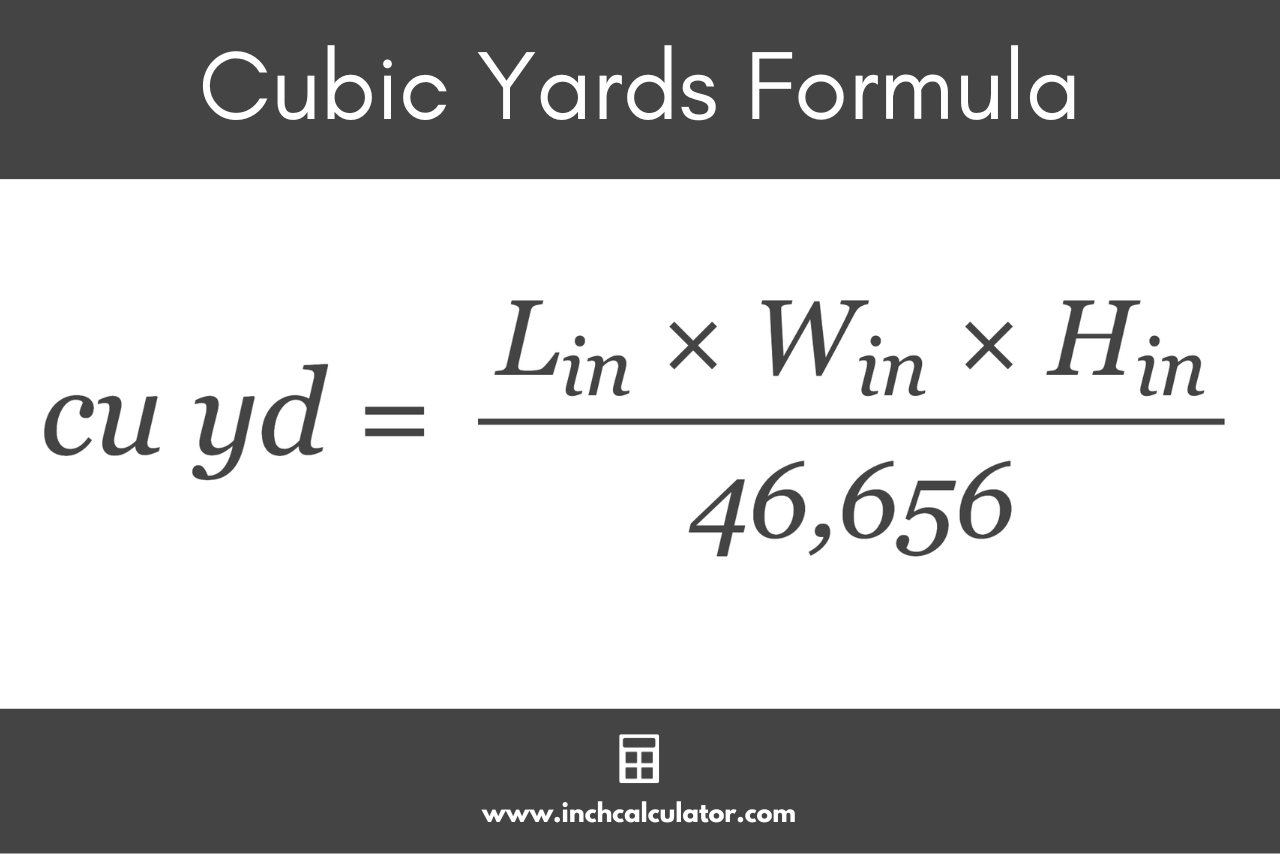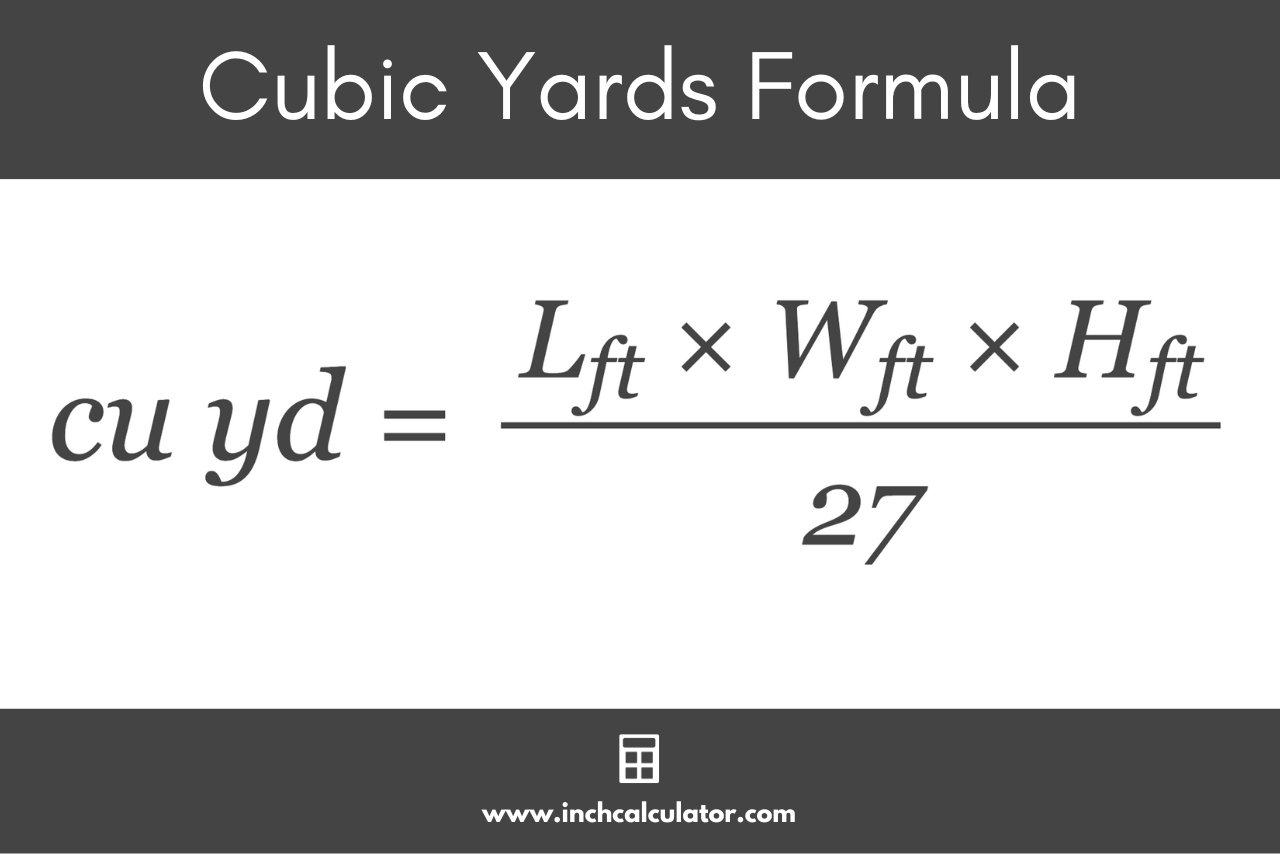Sand Calculator
Result:
0 Tons
0 Cubic Yards
Cost0 Total cost
How to Calculate Sand
If you’re planning a landscaping project, you might be asking yourself, how much sand do I need? To calculate sand for a project, follow these easy steps.
Step One: Calculate Volume in Yards
The first step to calculating sand is to estimate the volume of material needed in cubic yards.
Measure the length, width, and depth of the area you need to fill in the same unit of
measurement.
This can be inches or feet; the depth of the sand will likely determine which measurement is
easier for you to work with.
Then, multiply the length, width, and depth together to find the volume.
For example, if you are filling a playground area that is 120″ long, 140″ wide, and 10″ deep, then you will have a volume in cubic inches of 168,000 cubic inches.
If you are filling an area that is 10′ long, 15′ wide, and 1′ deep, you are filling an area that has 150 cubic feet.
Cubic Yards Formula Using Inches
There are 46,656 cubic inches in a cubic yard, so if you measured in inches, then divide the volume measurement by 46,656 to get cubic yards.

Cubic Yards Formula Using Feet
There are 27 cubic feet in a cubic yard, so if you measured in feet, then divide the volume measurement by 27 to get cubic yards.

Step Two: Calculate Sand in Tons
Now that you know how much sand you need in cubic yards, you can find the weight in tons by multiplying that by the material density.
How Much Does a Yard of Sand Weigh?
The density of sand varies depending on the size of the grains and its moisture content, which
affects the weight. Dry sand weighs 1.3 to 1.5 tons per cubic yard, while damp sand weighs 1.5
to 1.7 tons per cubic yard.
Having more earth, soil, or clay in the mix will increase the weight per yard as well.
Finer sand will also have a higher weight per yard, while coarser sand will have a lower weight
per yard. The larger the grains of sand, the lighter your total volume will ultimately be.
Cubic Yards to Tons Formula
Using the volume in cubic yards and the weight of sand per yard, use the following formula to find how much you need: